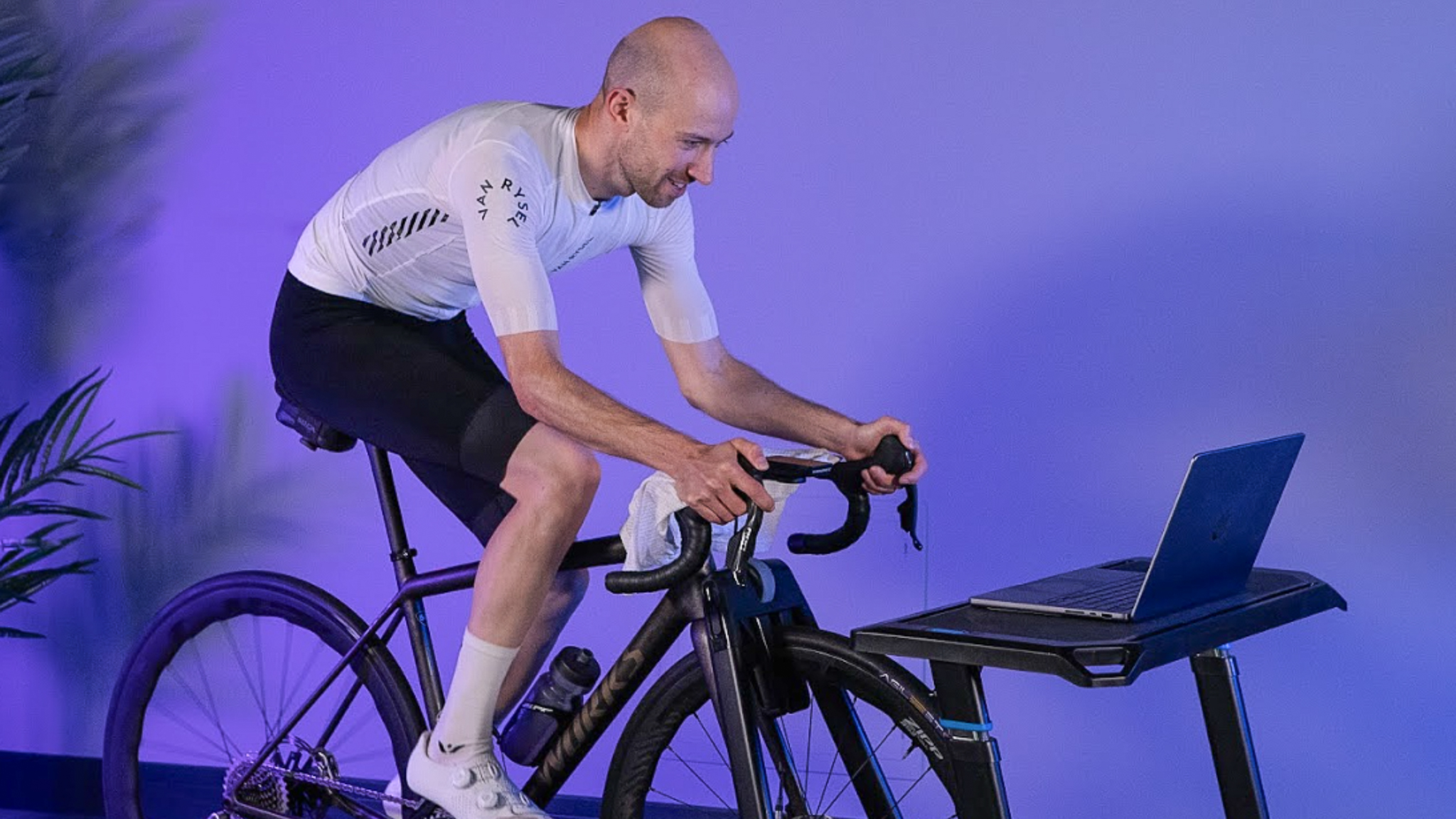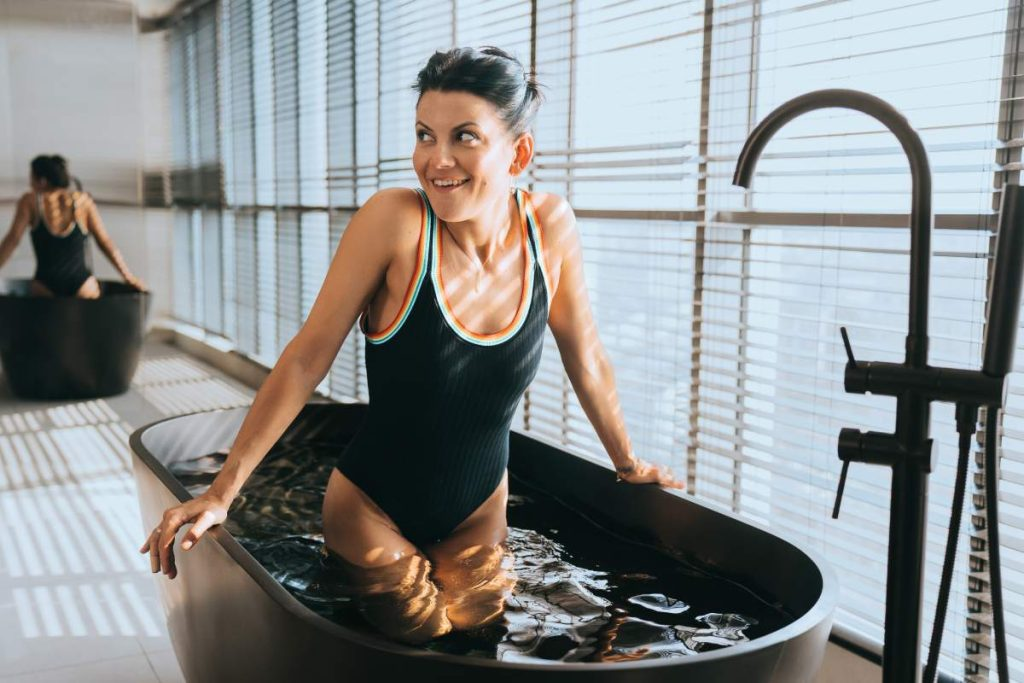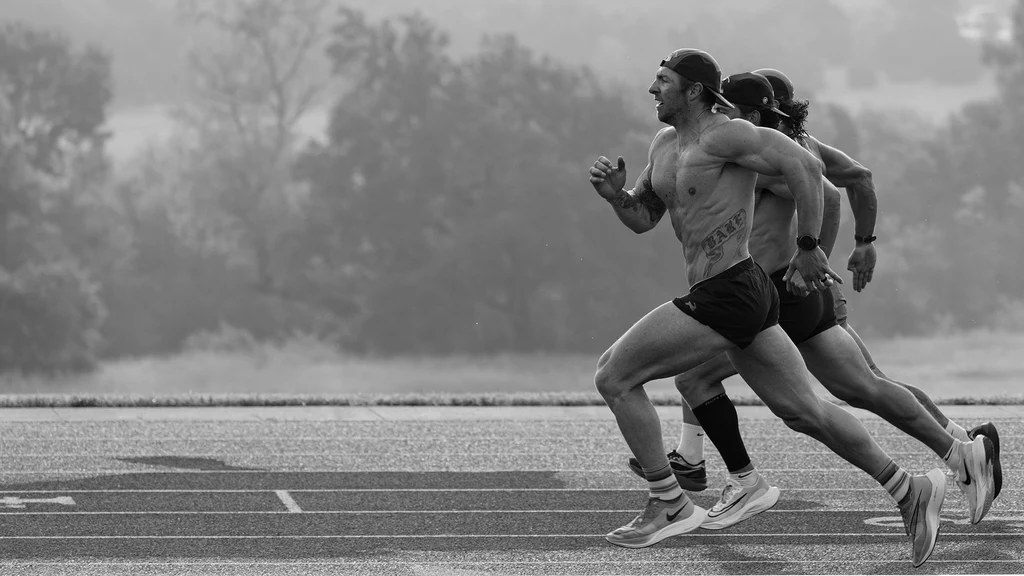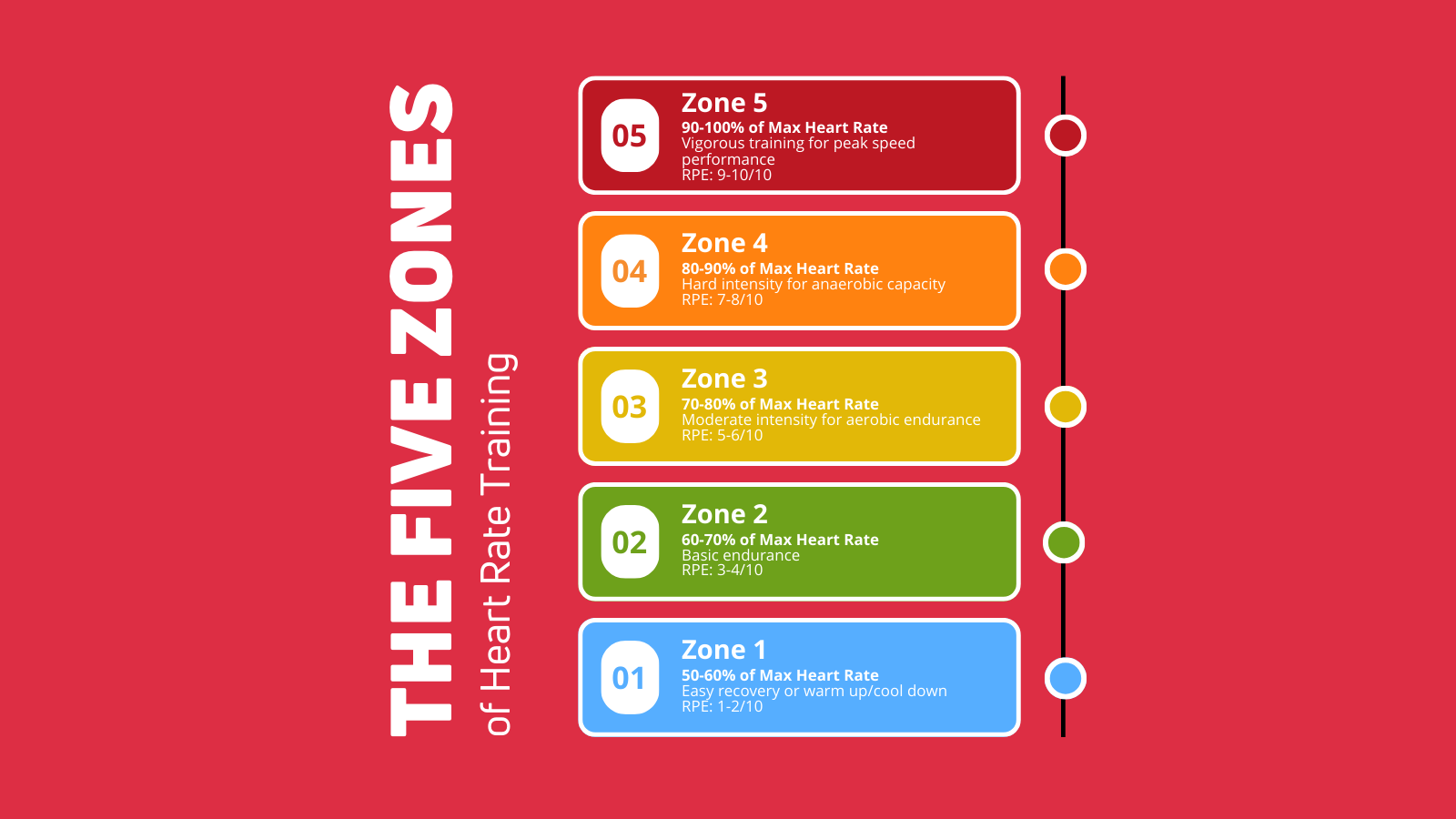Athletes across endurance sports are increasingly adopting heat adaptation training, a technique that intentionally exposes them to elevated temperatures—either via sauna, heated rooms, or simulated conditions. First-hand accounts from cyclists, runners, and triathletes reveal more efficient sweating responses, improved cardiovascular stability, and lower perceived exertion during hot-weather competitions. These real-world experiences form the Experience layer of validation
Leading exercise physiologists and sports scientists provide the Expertise and Authority: structured heat training protocols—spanning 7–14 days with 3‑5 sessions per week—prompt physiological responses such as increased plasma volume, upregulation of heat shock proteins, and enhanced thermoregulation. Subject-matter experts describe how this approach can serve as a practical alternative or complement to traditional altitude training for raising endurance without relocating
The Trustworthiness of this method is grounded in peer-reviewed journals and established training frameworks. Coaches and teams monitor hydration, electrolyte balance, and recovery practices to minimize risk. Heat adaptation’s consistent success among professional and amateur athletes alike has led to its adoption in national training programs and research-backed implementation. When applied thoughtfully, it can yield sustainable performance benefits—under documented, safe conditions






